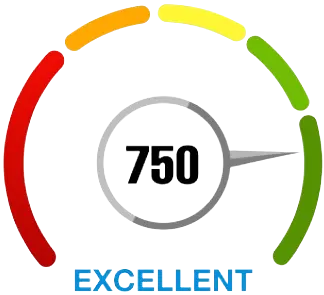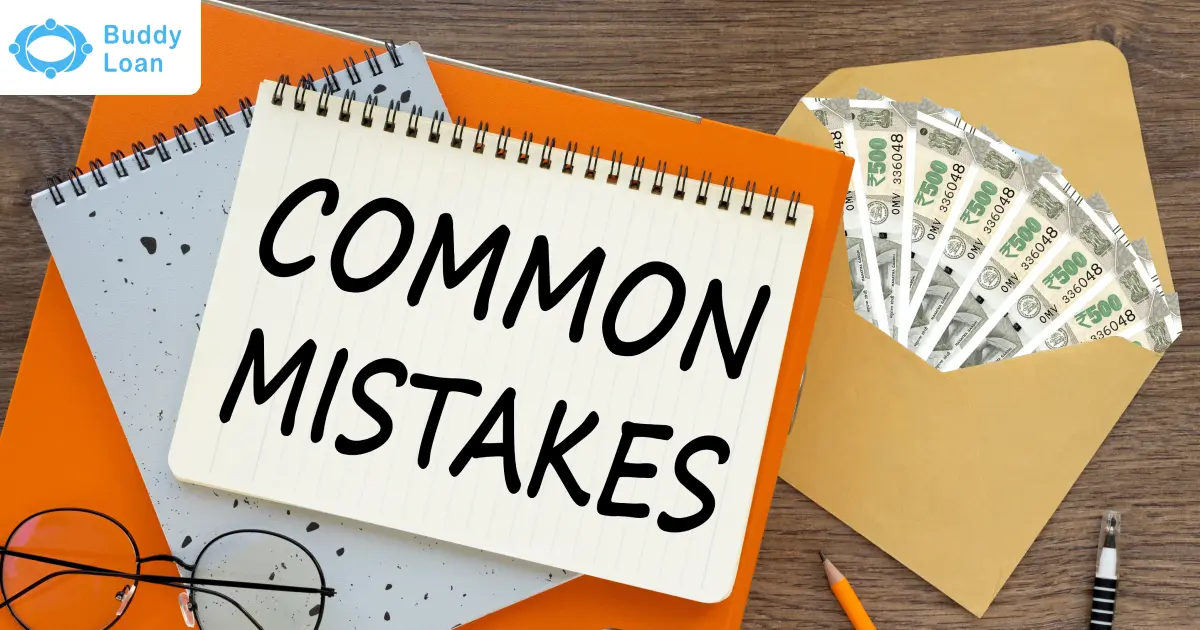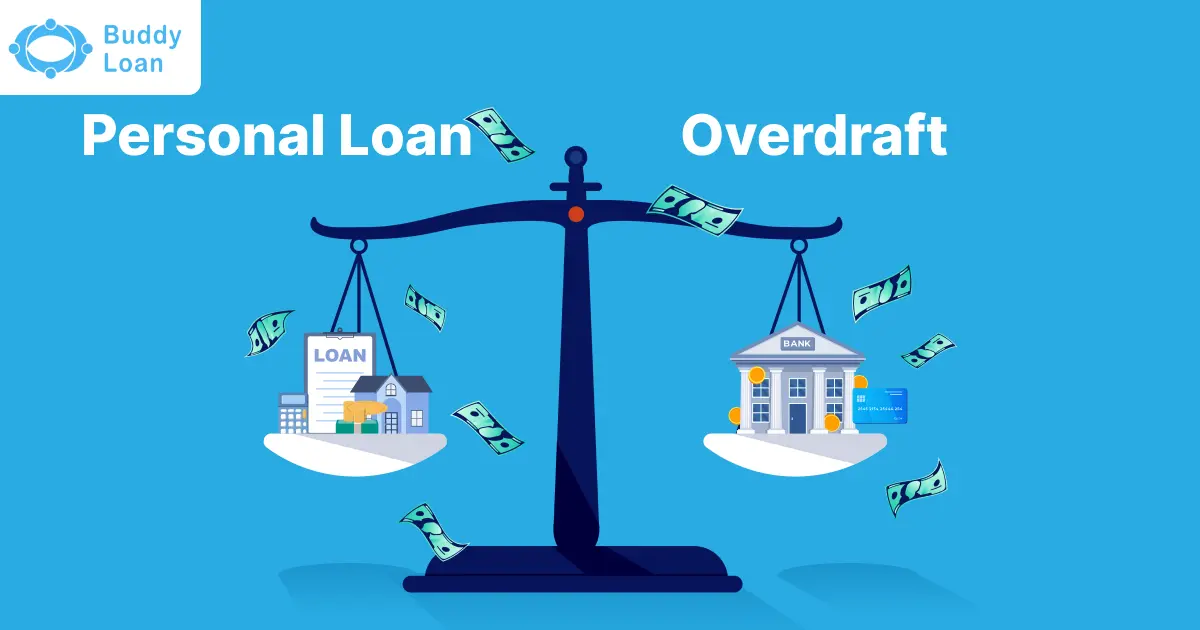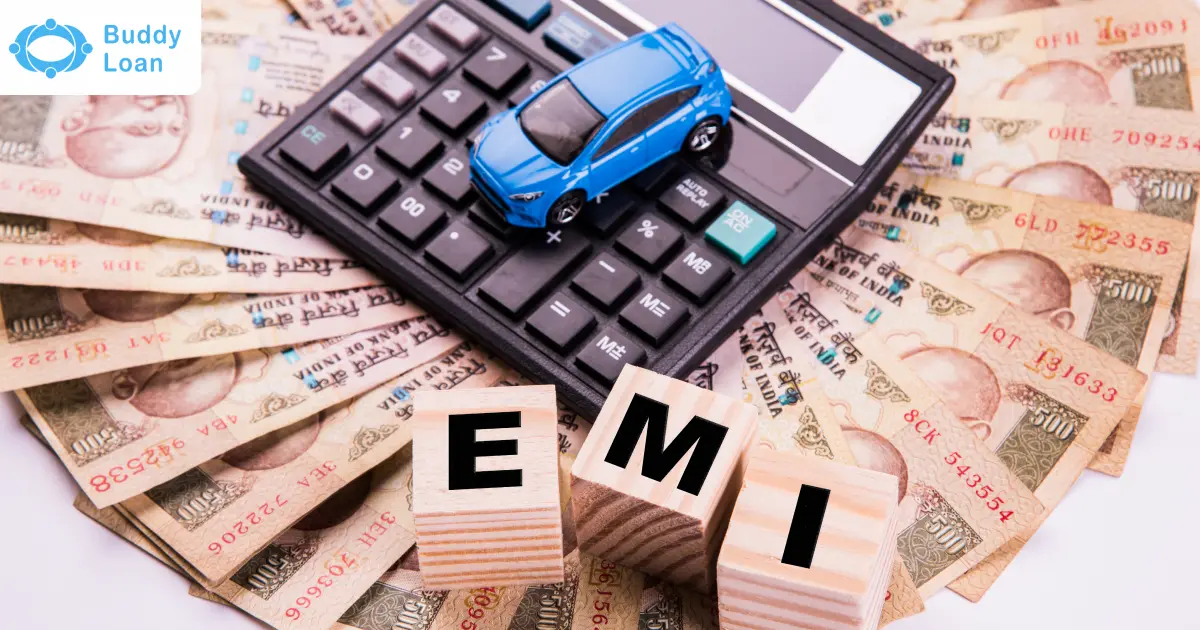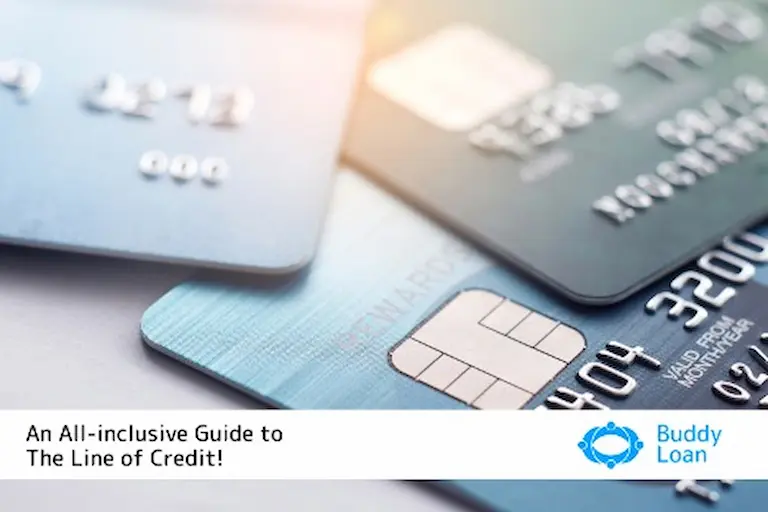
Have you ever found yourself in a situation where you need extra funds to cover unexpected expenses or seize an exciting opportunity, but you don’t want to take on a long-term loan with fixed payments and interest rates? Choose the path of a line of credit, a flexible financial tool that can provide you with access to funds on-demand, giving you the freedom to borrow what you need, when you need it. Whether you’re an entrepreneur, an employee, or a student, a line of credit can be a valuable resource that allows you to manage your cash flow, build your credit history, and achieve your financial goals. So, let’s explore the possibilities of a line of credit in detail and see how it can help you navigate life’s twists and turns with confidence.
Introduction
A line of credit is a financial tool that can be useful for individuals and businesses alike. With a line of credit, you can borrow up to a certain amount, and you only pay interest on the amount you borrow. This can make it an attractive option for those who need access to funds for short-term needs, such as unexpected expenses or seasonal fluctuations in cash flow.
One of the primary benefits of a line of credit is its flexibility. Unlike a traditional loan, where you receive a lump sum amount upfront and pay interest on the entire amount, with a line of credit, you can withdraw and repay funds as needed. This can make it a useful tool for managing unexpected expenses or seasonal fluctuations in cash flow.
However, it’s important to understand the potential drawbacks of a line of credit as well. For example, lines of credit often come with higher interest rates than traditional loans, and there may be fees associated with setting up and maintaining the account.
Who are the Users of the Line of Credit?
The users of a line of credit can vary, but they typically fall into two broad categories:
Individuals-
Individuals use a personal line of credit to manage short-term financial needs, such as unexpected expenses or fluctuations in income. For example, a person may use a line of credit to cover a medical expense or to help pay bills during a period of unemployment.
Businesses-
Businesses use a line of credit to manage cash flow, cover unexpected expenses, or take advantage of business opportunities. For example, a business may use a line of credit to purchase inventory, cover payroll expenses during a slow season, or invest in a new project.
Regardless of the user, a line of credit can provide flexible access to funds when they are needed. By borrowing only what is needed and paying interest only on the borrowed amount, a line of credit can be a cost-effective way to manage short-term financial needs. However, it’s important to use a line of credit responsibly and to understand the potential risks and costs involved.

Pros & Cons of Line of Credit
Pros:
- You can borrow money in installments without making separate agreements every time
- You pay interest only for the money spent.
- The interest rate for a credit loan line is typically less than a regular loan. The bank may calculate the interest rate on more significant amounts separately on each installment.
Cons:
- The bank will conduct strict background checks and evaluate the financial condition of borrowers before issuing a line of credit,
- The borrower must fully comply with the terms of the agreement. In case of the slightest delay, the bank will not issue the next tranche of money,
- It would help if you informed the banker about changes in the statutory documents, and
- The bank may impose penalties if you don’t use the line of credit in full.
Types of Lines of Credit
Indian banks offer several credit lines, which depend on the terms and methods of using funds. The types of Lines of Credit, which can help the borrowers to understand what type of Line of Credit can work for them are stated below:
Framework Credit Lines:
The bank will offer an amount to pay for the delivery of goods under a specific contract within a certain period. You can use the money for any purpose mentioned in the agreement paper. It may include buying a large amount of office equipment, developing unique software, buying a car for the company, etc. The framework credit line is convenient for banks as it reduces the risks of inappropriate spending by company owners.
Counter Current Line:
It is like overdraft customers can keep their funds in the bank account. They can access the bank’s money if the available fund is insufficient. Usually, business organizations use this line of credit to get an office on rent, purchase office equipment, and do other valuable work.
Instant Line of credit:
Usually, a bank opens an instant line of credit; the customer takes money from it. The repayment takes place when you replenish your bank account. There is no specific date for a refund. Instead, the bank sets deadlines. Until then, you need to make a repayment. If not, it will start imposing penalties on you. This instant line of credit online allows you to pay interest only when you use the money.
Revolving Line of Credit:
It is the most common and highly used credit line. The bank sets the maximum amount and maximum term of the online loan. Borrowers can use the funds as often as mentioned in the agreement without making any additional contract with the lender. The full payment will occur when you replenish the bank account. After initial charges, the bank will restore the credit limit to the amount you repay. It is helpful for personal use and various business purposes.
Non-renewable (simple) Line of Credit:
After signing the contract with the Banks, the applicant will receive the requested amount in installments. For this, they don’t need to sign any additional papers. The credit limit would be fine if the applicant made full or partial payments. After all the repayments are made, the relationship between both parties ends. Business people often use this credit line to purchase specific equipment, with payments made in several installments. State institutions or authorities open such lines to finance one-time government contracts at the beginning of the year or in the periods between the main tax revenues.
Also Read: Steps on How to Check Your Experian Credit Score for Free
How to Apply for a Line of Credit?
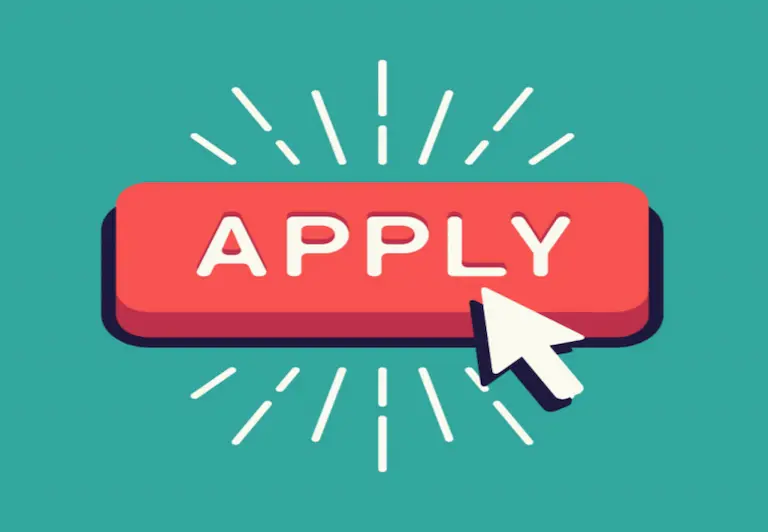
You can put your request on the bank’s website. As per the initial review, the bank’s representative will call you to clarify additional information. The bank may request the following details:
- Documents like Aadhaar, PAN, or Voter Card to verify your identity, nationality, and contact details.
- Business registration certificate,
- Last six months’ financial statements of your organization,
- In some cases, applicants need to provide a warranty for the line of credit,
- Documents related to real estate properties, stocks, bonds, etc.,
- Characteristics of the applicant’s reliability from other financial institutions,
- The company’s assets.
If bank executives consider you a trustworthy client, they will open a line of credit account and determine its maximum amount. Your ability to pay, liquid collateral, an active bank account, and stable employment with regular monthly income is quite important.
An unsecured line of credit is advantageous if you cannot place collateral. Talk to bank executives regarding this and take all possible steps to take a line of credit without collateral placement.
Remember that the successful use of the money received affects future relationships with banking organizations, self-discipline, quality of management, and the ability to make the right decisions.
Looking for instant credit? Apply For Loan Online!
Repayment of Line of Credit
The credit line agreement regulates the conditions under which you will repay the debt. The general rule is that you must pay a certain percentage of the current debt (up to 10%) to the account every month. In addition, you must pay off the debt in full before the contract expires.
Which is a Better Option? Line of Credit or a Personal Loan?
Whether a line of credit or a personal loan is better for you will depend on your specific financial situation and needs. Here are some key differences to consider:
Flexibility:
A line of credit is typically more flexible than a personal loan. With a line of credit, you can borrow and repay funds as needed, up to your credit limit. With a personal loan, you receive a lump sum upfront and repay it in fixed installments over a set period of time.
Interest rates:
Interest rates for lines of credit are usually variable, while personal loans have fixed interest rates. This means that the interest rate on a line of credit can change over time, while the interest rate on a personal loan will remain the same throughout the loan term.
Credit score requirements:
Personal loans typically have stricter credit score requirements than lines of credit. If you have a lower credit score, you may be more likely to qualify for a line of credit than a personal loan.
Use of funds:
Personal loans are typically used for a specific purpose, such as a home renovation or debt consolidation. Lines of credit can be used for a wider range of purposes, including unexpected expenses or day-to-day cash flow needs.
In general, a line of credit may be a better option if you need ongoing access to funds or want more flexibility in how you use the money. A personal loan may be a better option if you have a specific expense in mind and want a fixed payment schedule. However, it’s important to compare the terms and interest rates of both options and choose the one that best fits your individual needs and circumstances.
Also Read: Credit Line on UPI – The Future of Digital Lending
Conclusion
In conclusion, while both personal loans and line of credit can offer a flexible source of funds for borrowers, personal loans may be a better option for those seeking more predictable payments and a clear timeline for repayment. Personal loans come with fixed interest rates, set monthly payments, and a specific term, which can help borrowers budget and plan for repayment. Ultimately, the choice between a personal loan and a line of credit will depend on individual financial needs and goals, and it’s essential to carefully weigh the benefits and drawbacks of each option before making a decision.
If you are looking for a personal loan to cover all your financial needs, then Buddy Loan is the right platform for you. Buddy Loan, one of the largest loan aggregators in the market, can help you to get a personal loan at affordable interest rates.
Download Personal Loan App
Get a loan instantly! Best Personal Loan App for your needs!!
Looking for an instant loan? Buddy Loan helps you get an instant loan from the best-verified lenders. Download the Buddy Loan App from the Play Store or App Store and apply for a loan now!
Having any queries? Do reach us at info@buddyloan.com
Frequently Asked Questions
Q. What are all requirements one has to fulfill to get a line of credit loan?
A. To get a personal line of credit loan, one should have an undisturbed credit history, a credit score of 670 or higher, and a stable source of income. It will help if you have savings and collateral in the form of stocks or certificates of deposit (CDs). However, collateral is not required to get a line of credit loan.
Q. Is there a downside to accepting a line of credit?
A. Before you think to apply online of credit, you should understand the downsides you can experience in the long:
- Unsecured LOCs can have higher interest rates, and they have more credit requirements than secured ones.
- There are no fixed interest rates. It may vary from one lender to another.
- LOCs do not come under the regulatory protection practices we observe in credit cards. Penalties charged for late repayments and going over the LOC limit can be severe.
- Line of credit encourages overspending. It can cause a delay in making timely payments.
- Unplanned LOC can affect the credit history in the long run. You can take suggestions from any financial advisor to improve your credit score and maintain it.
Q. How can I use my LOC for my purchase?
A. A LOC gives you access to money in a short period. Banks or other financial institutions offer line of Credit. If you have all the required eligibility, you can get the maximum possible amount for a short period.
Q. Does LOC affect your credit score?
A. Your credit score can be affected because of Hard inquiries. If you have applied for LOC from different banks and each of them is running inquiries on you, you can be in a situation where your credit score is affected. Your finances should be managed before you opt for LOC in case you have multiple debts and liabilities in your name; chances are you may end up hurting your credit score.
Q. Can you withdraw cash from a LOC?
A. A LOC is an agreement between a Bank and a customer. Customers can avail of any amount of cash from a LOC until they are borrowing it in the limit. The limit is decided in the beginning, when a customer applies for it. Your credit score at the time of availing a LOC decides how much borrowing limit you will enjoy.
Q. What information should you include while applying for LOC?
A. LOC requires you to fill up an application form. Based on that, they run inquiries on you to verify the details. With credit scores and your previous loan journeys, you need to provide the following:
- Documents like Aadhaar, PAN, or Voter Card to verify your identity, nationality, and contact details.
- Business registration certificate,
- Last six months’ financial statements of your organization,
- In some cases, applicants need to provide a warranty for the line of credit,
- Documents related to real estate properties, stocks, bonds, etc.,
- Characteristics of the applicant’s reliability from other financial institutions,
- The company’s assets, in case you are self-employed.
Q. Is it really hard to apply for Line of Credit?
A. Line of Credit can prove to be a hard nut to crack, given it is based on your credit performance. If you have a low credit score, or you have many liabilities and debts in your name, you may find it difficult to avail a proper credit limit for yourself. Customers are advised to keep track of different products and offer available. You should consider the interest rates and tenure of repayment before considering Line of Credit. Keep in mind that, an unplanned Line of Credit can make you pay more than you have planned.
What are your views on the Line of Credit? Don’t forget to tell us in the comments below.


